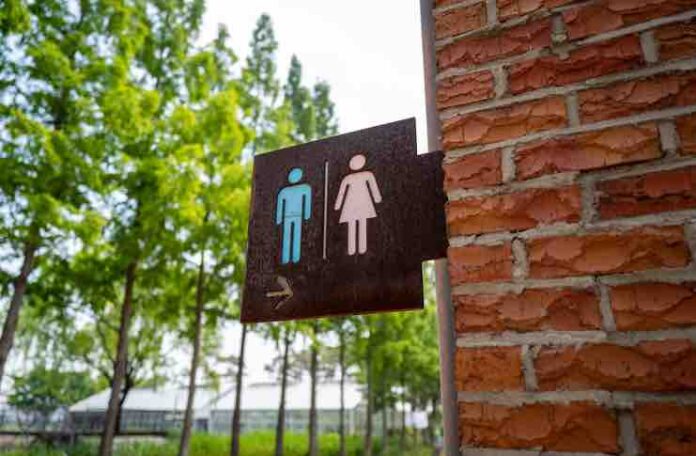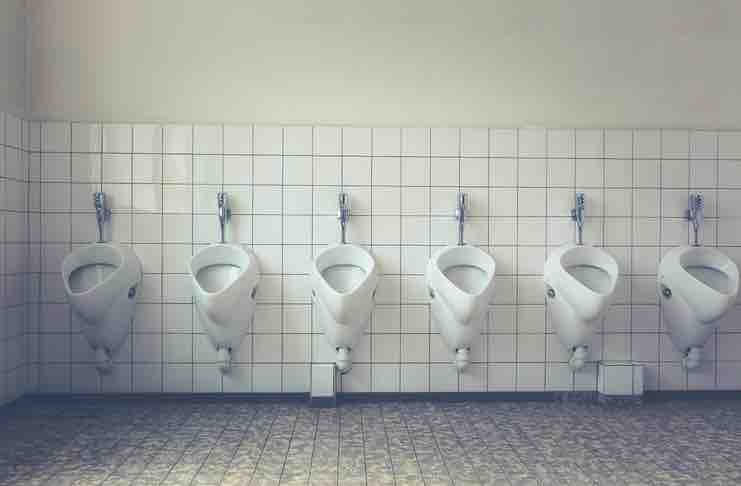
When people think of commercial restrooms, they probably don’t think very much about them because there are so many bathrooms in their daily lives. However, as a business owner, commercial restrooms need certain things to keep up with the flow of business and people. This article will recommend some items or accessories that will make commercial restrooms safe and convenient to use for different people.
Grab bars
These are necessary-to-have items in commercial restrooms, so it’s important to know what they are for before entering a restroom without them. Grab bars can be located at different heights. While some might need lower grab bars that are about knee-high, others might require higher grab bars that are around waist-high. Recently, sales of grab bars and restroom partitions at stores like Fast Accessories are booming, as more commercial restrooms have been designed and created.
This can be due to the increasing need for safety features for differently-abled and elderly users of commercial bathrooms. Grab bars prevent slip and fall injuries by providing support when moving around the restroom. It is best to ask about the height of grab bars in a specific commercial restroom before entering, so there are no surprises.
Restroom partitions
In public restrooms, many stalls are usually designated just for urinals and the toilets themselves may not have walls separating them from other fixtures. However, some businesses choose to put up traditional bathroom stall partitions between each of the urinals and toilets that they provide on their premises.
This ensures privacy for anyone who is taking care of personal business while preventing any unfortunate accidents from happening. These partitions can also help prevent sound from traveling throughout the restroom, making the rooms quieter and more peaceful for the people who use them.
Most stalls for public restrooms use traditional bathroom partition walls that come out about three feet from the floor, leaving a gap between them and the flooring to help prevent slips and falls.
However, some businesses choose to install low partitions instead because no one will be required to lift themselves up off of the ground as much when trying to clean themselves or inspect their work. This makes it easier for everyone involved and ultimately reduces slip-and-fall accidents in any commercial establishment.
Paper towel dispensers
Paper towel dispensers are maybe the most important feature in any commercial restroom. In offices, they prevent employees from using too many paper towels that cause wasteful messes, while also preventing germ transmission when they dry their hands.
In commercial establishments, paper towels help dry hands after washing faster than hand dryers. Dispensers are hygienic accessories that prevent customers from touching the entire towel roll.
Also, the protruding papers allow for economical use since they are easy to pull and tear off. At least one paper towel dispenser per handwashing sink is recommended.
Toilet paper holder
This key equipment comes in various types including bulk-loaded dispensers or small rack-style dispensers. Each type offers certain perks that are helpful for specific commercial restroom needs. Toilet paper dispensers are great to have in your commercial restroom.
People use toilet paper, and when they do, the toilet paper roll needs a place where it can be easily accessible while people do their thing.
Some standard designs include spring-loaded cylinders that carry one or two extra rolls so you don’t have to go searching for a replacement. Ask about the types of TP holders present before entering a restroom without them.
Waterless urinals
Urinals are necessary for many commercial restrooms because there are usually men taking care of business at any given time during a workday or other function where people need access to these facilities. However, they require an awful amount of upkeep and maintenance because urine tends to splash everywhere.

Waterless urinals are a great option because they require less effort to keep them clean and they also help conserve water by using the heat from the room, or even natural sources like sunlight, to treat urine with antimicrobial agents so it isn’t harmful when someone else has to use the fixture afterward.
This is an easy way for businesses and organizations to look out for their best interests without having too much of an impact on their bottom line. Urinal screens provide an additional layer of protection for both waterless and standard urinals.
These are small screens that sit inside urinals to help reduce odors and prevent waste from blocking drains by trapping them on the screen instead of allowing them to flow down. Some commercial restrooms have these, some don’t. It’s best to ask about urinal screens before entering a restroom without them.
Toilet seat covers
Standard restroom etiquette suggests people should put toilet seat covers down when they’re going to be using a public restroom. People don’t want their behinds touching other people’s behinds or germs. They also don’t want to touch toilet seats that have been used by others before them, so always provide toilet seat covers so people don’t have to worry about any of these things.
Commercial restrooms are one of the most important areas in a building because they serve as the only way to get rid of waste and for people to clean themselves. Having these suggested items will help keep commercial restrooms clean and hygienic and keep people safe during their time in your building.
Want to read more of our latest posts? Check out the main benefits of having good lighting in your business.





